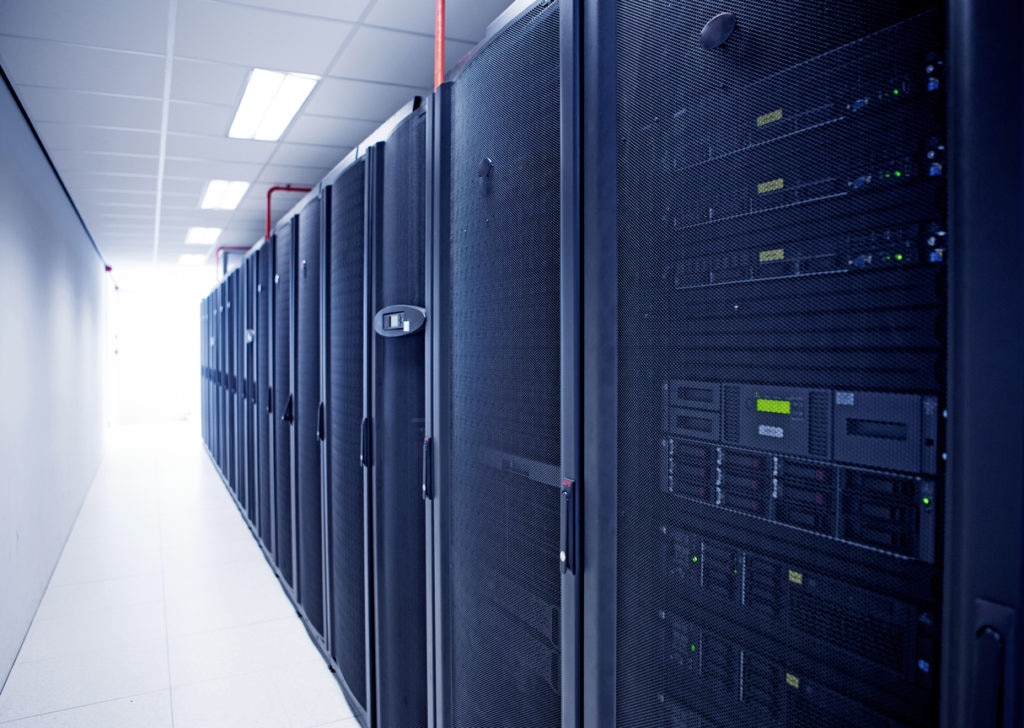After you’ve installed your new storage systems and migrated your data onto them, life slows down a bit. Freshly installed systems shouldn’t throw any hardware errors in the first stages of their lifecycle, apart from a drive that doesn’t fully realize it’s DOA. Software should be up to date. Maybe you’ll spend a bit more time to fully integrate the systems into your documentation and peripheral systems. Or deal with some of the migration aftermath, where new volumes were sized too small. But otherwise, it should be “business as usual.”
That doesn’t mean you can lie back and fall asleep. Storage vendors release new software versions periodically. The interval used to be a couple of releases a year, apart from the new platforms that might have a few extra patches to iron out the early difficulties. But with the AGILE mindset of developers, and the constant drive to squash bugs and add new features, software is now often released monthly. So, should you upgrade or not?
IF IT AIN’T BROKE…
One camp will go to great lengths to avoid upgrading storage system software. While the theory of “if it ain’t broke, don’t fix it!” has its merits up to some point, it usually comes from fear. Fear that a software upgrade will go wrong and break something. Let’s be honest though: over time, the gap between your (old) software version and the newer software only becomes bigger. If you don’t feel comfortable with an upgrade path from 4.2.0 to 4.2.3, how does an upgrade path from 4.2.0 to 5.0.1 make you feel? Especially if your system shows you an uptime of 800+ days?
On the other hand, there’s no need to rush either. Vendors perform some degree of QA testing on their software, but it's usually a safe move to wait 30-90 days before applying new software to your critical production systems. Try it on a less critical system first, or let the new installs in the field flush out some additional bugs that slipped through the net. Code releases have been revoked more than once, and you don’t want to be hitting any new bugs while patching old bugs.
TARGET AND LATEST REVISIONS
Any respectable storage vendor should at the very least have a release matrix that shows release dates, software versions, adoption rates, and the suggested target release. This information can help you balance “latest features and bugfixes” versus “a few more new bugs that hurt more than the previous fixes.”
Again, don’t be lazy and hide behind the target release matrix. Once a new release comes out, check the release notes to see if anything in it applies to your environment. Sometimes it does really make sense to upgrade immediately, like with critical security or stability patches. Often, the system will check for the latest software release and show some sort of alert. In the last couple of months, I’ve seen patches for premature SSD media wear, overheating power supplies that can set fire to your DC, and a boatload of critical security patches. If you keep up-to-date with code and release notes, it doesn’t even take that much time to scroll through the latest fixes and feature additions.
One step up, there’s also vendors that look beyond a simple release matrix. They will look at your specific system and configuration, and select the ideal release and hotfixes for your setup. All this will be based on a bunch of data they collect from their systems at customers around the globe. And if you fall behind in upgrades and need intermediate updates, they will even select the ideal intermediate upgrades, blacklisting the ones that don’t fit your environment.





